|
In addition to providing business technology guidance to companies, I’m often asked which personal technologies are the best. As we wrap up 2017, I'm sharing my best of 2017 recommendations in this series of articles. While many technology magazines provide their recommendations for the best technology, their opinions are typically formed in their lab and can be biased based on their advertisers and alliances. The Advantages: My recommendations are not influenced by advertising, corporate sponsors or other relationships that can impact magazine recommendations .... I simple recommend the best technology. My recommendations are based on a much larger testing environment that includes extensive hands-on experience, feedback from a very wide variety of customers and environments, 30+ years as a technology leader and global technology advisor, and leveraging feedback from a large resource pool of other global technology experts and their experiences. For this best of 2017 review, I will cover the most requested personal technologies in a series of weekly articles. This week’s article will cover the best:
The Best Smartphone: Apple iPhone XOver the years I have used both Android and Apple phones. I used an iPhone for many years, and three years ago I switched over to Android. Until recently, my primary phone was an Android phone, the Samsung S7 Edge. Experts point out that the both Android and Apple have the strengths, and I agree. Like many technology professionals I have historically tried to avoid being on the Apple bandwagon, and liked the flexibility of Android. I reviewed the latest offerings, including the Samsung Note 8, the Samsung Galaxy 8, LG V30, Google Pixel 2, and many others. But, the iPhone X just look Apple to another level, and after using the iPhone X for several months, it is without a doubt the best phone I have ever used. The form-factor of the iPhone X feels really nice in your hand, and is well-balanced. The Note 8, iPhone 8 and other smartphones with comparable screens feel top-heavy and awkward in your hand, and lack the “just-right” feel of the iPhone X. The iPhone X’s Face ID works great, there is never a screen lag (like you see on Android phones), it has amazing battery life, and the best overall user experience. Sorry Android fans, Apple created a winner, and overall the iPhone X is the best. The Best Smartwatch: Apple Watch Series 3I have used many different smartwatches, including Android Wear, Samsung Gear, FitBit and Apple. For the past two years my preference has been the Samsung Gear S3 Classic Watch. The Samsung Gear looks great, but the battery life was terrible (it often couldn’t last a full day) and the lack of apps was very disappointing. By far, Apple has the best selection of apps for a smartwatch, and with the Apple Watch Series 3, they finally got the hardware right. With the Apple Series 3, I typically have more than 80% battery life available at the end of the day, and I’ve gone 3 days on a single charge. The Series 3 also adds the cellular capability and phone number mirroring with your iPhone, which gives you the ability to leave you phone at home and still send/receive your calls and messages. The apps, the user interface, the heart rate monitoring, and the overall experience is better on the Apple Watch. Smartwatches will continue to evolve, but currently the Apple Series 3 is the best smartwatch. The Best Laptop: Dell XPS 13The form factor, The Dell XPS 13 fits a 13” screen in a 11” form factor. The amazing display is a stunning, edge-to-edge (nearly borderless, infinity display. The size, weight, case material, aesthetics, included ports, and performance are all superior and all make the Dell XPS 13 the best overall laptop. For those that want a 15.6” display and even more horsepower (most people don’t really need it), my recommendation is the larger Dell XPS 15. HP has made improvements, but their awkward trackpad, and overall configuration can’t match the Dell XPS. Lenovo, Samsung and others have too many quirks and quality issues to be a contender. Apple has their following, but the current line of Apple laptops are disappointing, and their core components and overall value can’t match the Dell XPS. The Best Home Technology: |
AuthorMark Johnson is the Chief Executive Officer at Xtrii. He is a 10x CIO, global technology advisor and business leader. He has received global awards and recognition for excellence in technology and innovation. Archives
April 2020
Categories
All
|

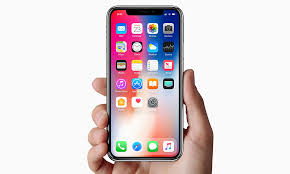

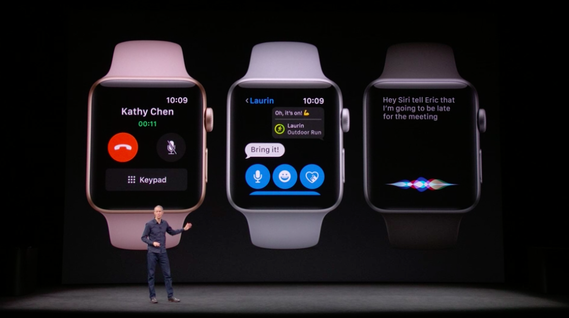


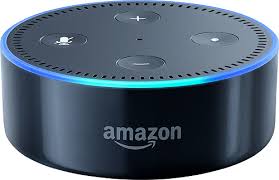



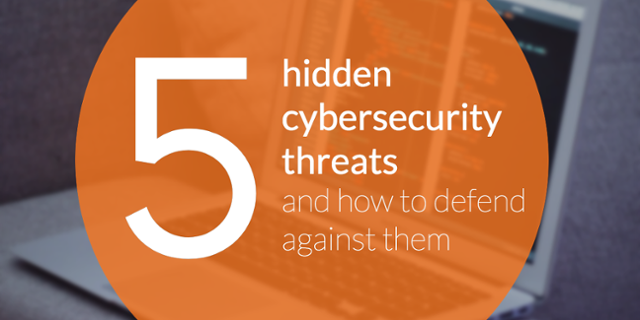


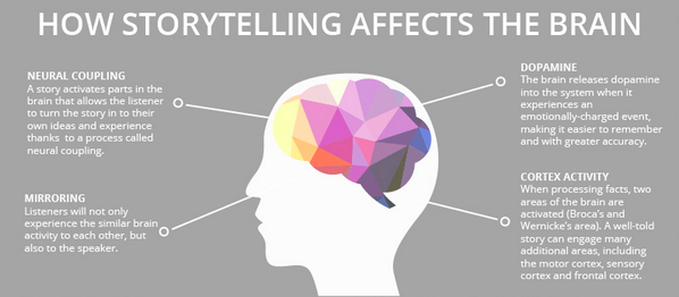



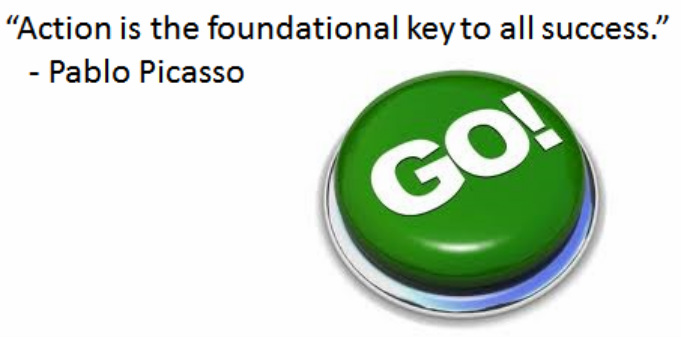




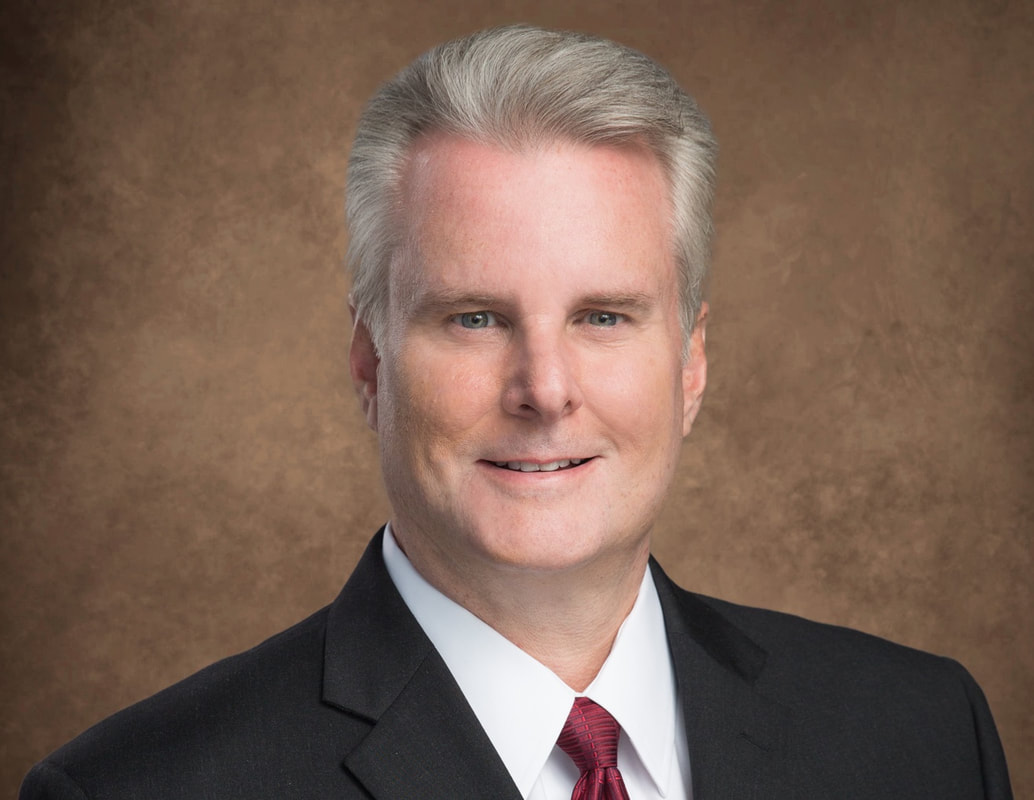
 RSS Feed
RSS Feed